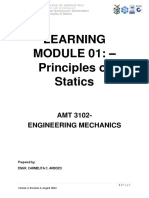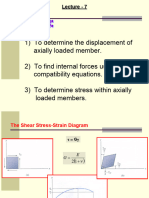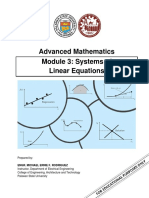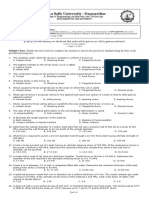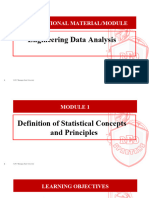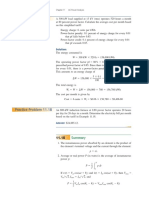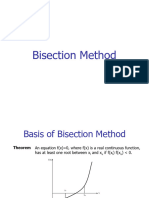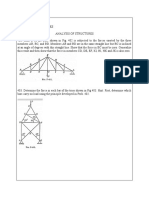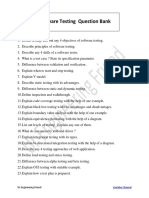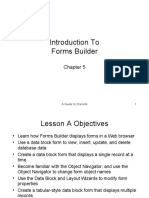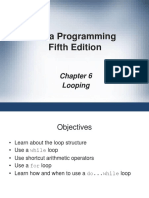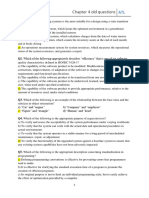0% found this document useful (0 votes)
125 views5 pagesJava Primitive Data Types Guide
Primitive data types in Java include boolean, char, int, long, float, and double. Variables are used to store and reference values of these primitive data types. Constants cannot be changed once declared. Operators like arithmetic, relational, and logical are used to perform operations on primitive data values and variables.
Uploaded by
canilaoquizonandreyCopyright
© © All Rights Reserved
We take content rights seriously. If you suspect this is your content, claim it here.
Available Formats
Download as DOCX, PDF, TXT or read online on Scribd
0% found this document useful (0 votes)
125 views5 pagesJava Primitive Data Types Guide
Primitive data types in Java include boolean, char, int, long, float, and double. Variables are used to store and reference values of these primitive data types. Constants cannot be changed once declared. Operators like arithmetic, relational, and logical are used to perform operations on primitive data values and variables.
Uploaded by
canilaoquizonandreyCopyright
© © All Rights Reserved
We take content rights seriously. If you suspect this is your content, claim it here.
Available Formats
Download as DOCX, PDF, TXT or read online on Scribd
/ 5
